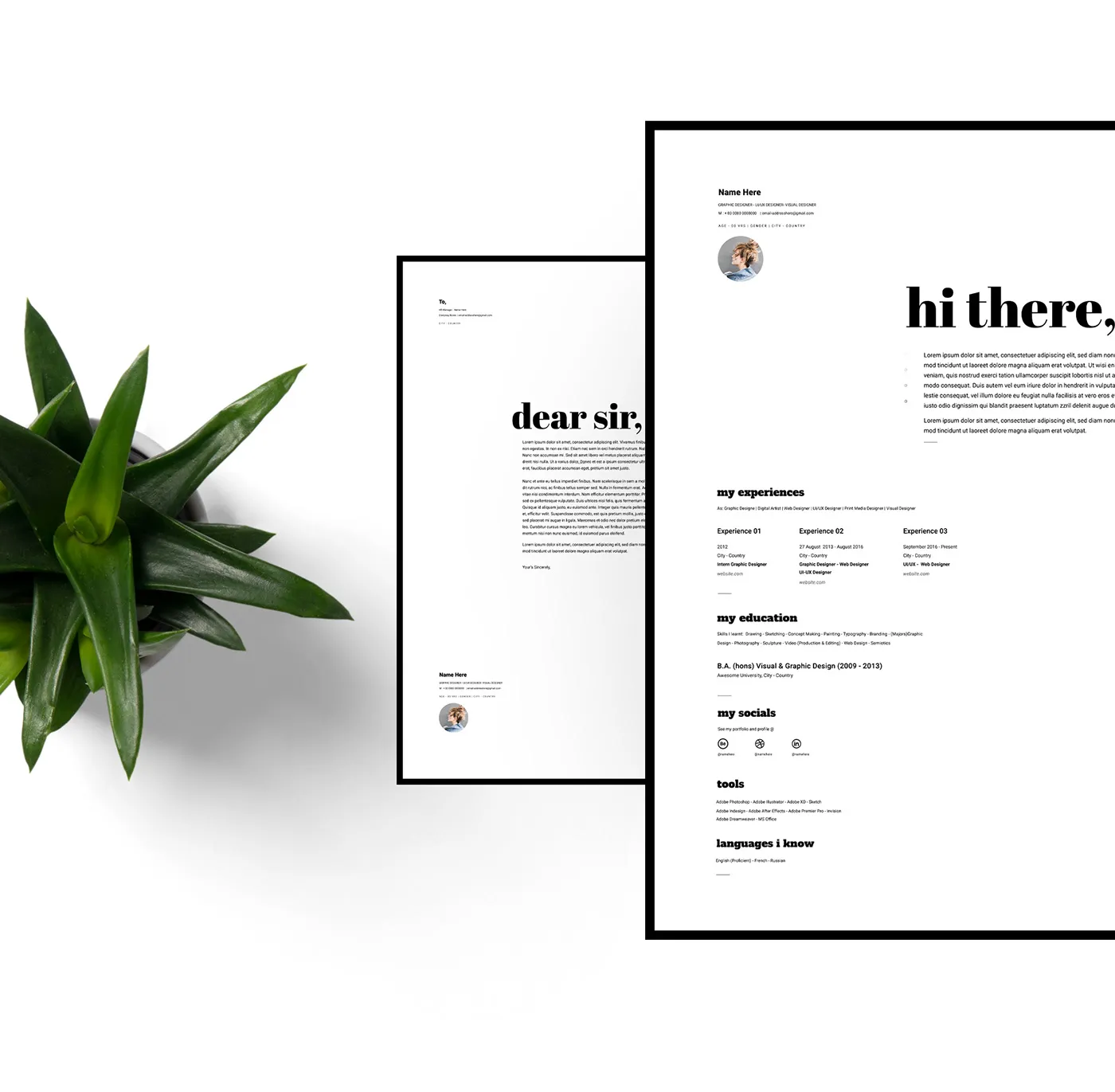Understanding Resume Design Fundamentals
Creating a compelling resume is more than just listing your work experience and skills; it’s about effective design. Resume design fundamentals focus on how you present your information to make it easy for the hiring manager to quickly understand your qualifications. A well-designed resume immediately communicates professionalism, attention to detail, and your commitment to presenting yourself in the best possible light. Mastering these fundamentals involves understanding layout, font choices, and the strategic use of white space to guide the reader’s eye. Ultimately, good resume design serves as a powerful first impression, increasing the likelihood of your resume getting a thorough review and leading to an interview. This guide helps you understand those fundamentals to showcase your skills and experience.
Choosing the Right Resume Format
Selecting the right resume format is critical to effectively showcasing your skills and experience. The format you choose should align with your career goals, the type of job you’re applying for, and your professional background. It’s also about highlighting the most relevant aspects of your qualifications. Each format serves a unique purpose, and understanding their differences helps tailor your resume to the specific job requirements. Consider what you want to emphasize. Are you a recent graduate with limited work history or a seasoned professional with a rich career history? Your answers to these questions will influence the resume format.
Chronological Resume
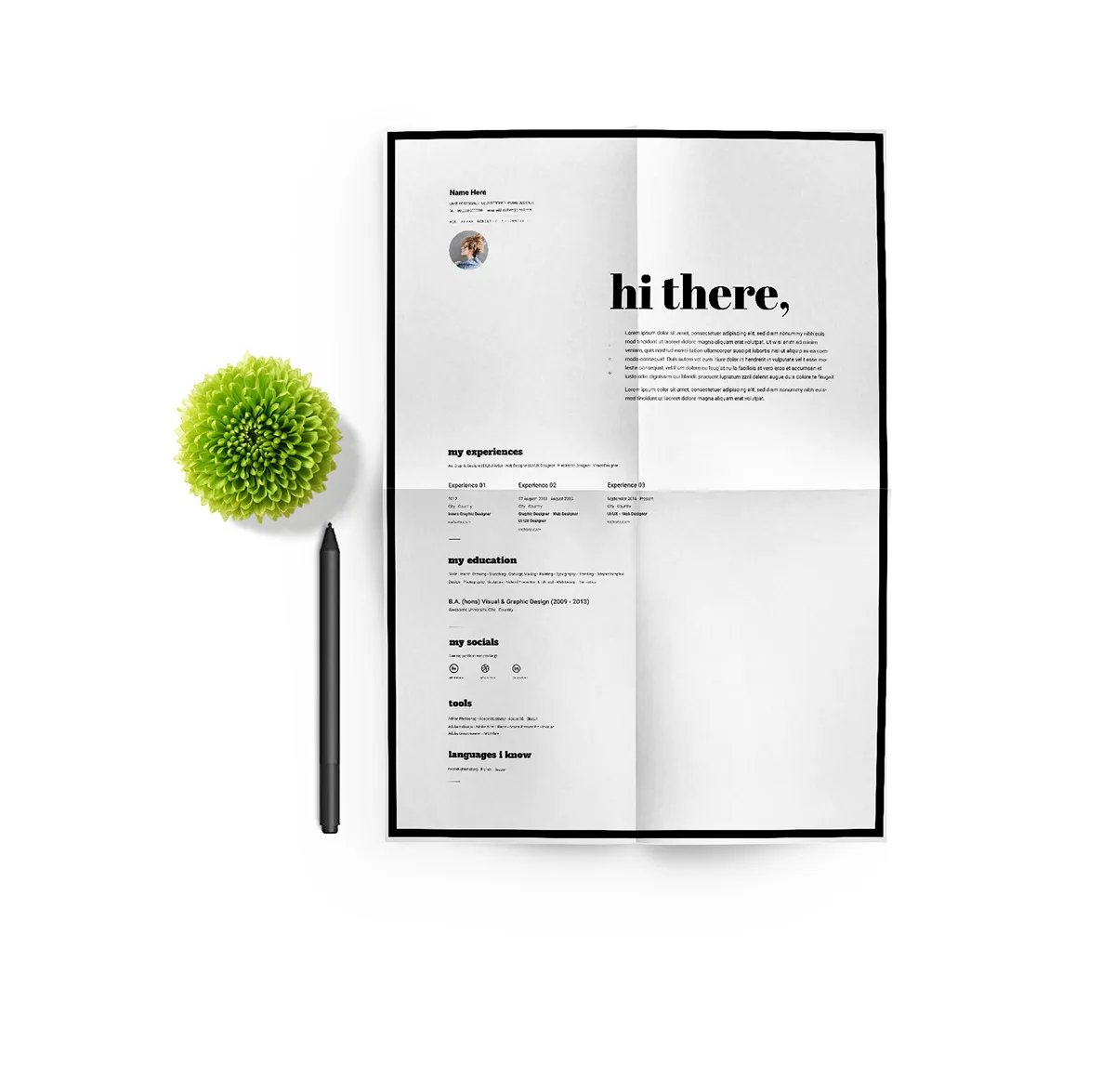
The chronological resume is the most common format, emphasizing your work history in reverse-chronological order. It’s ideal for candidates with a consistent work history and a clear career progression within the same industry. This format allows employers to easily trace your career path and assess your growth. This format is usually the standard in most industries, highlighting your recent experience. Focus on providing detailed descriptions of your responsibilities and achievements in each role. It’s most effective when your previous roles directly relate to the job you’re applying for. It is important to provide dates for each role and avoid gaps in employment.
Functional Resume
A functional resume focuses on your skills and abilities rather than your work history. This format is well-suited for career changers, individuals with employment gaps, or those with limited work experience. It highlights your transferable skills, making it easier to showcase your qualifications even if your work history isn’t directly related to the job. By organizing your skills into categories, you can directly address the requirements listed in the job description. However, be prepared to justify your skills and explain any employment gaps during interviews, as some employers may view this format with skepticism. It may not be the best choice in all industries.
Combination Resume
The combination resume blends elements of both chronological and functional formats. It begins with a skills section to highlight your key abilities and then presents your work history in reverse-chronological order. This format is ideal for candidates who want to emphasize their skills while still providing a detailed account of their work history. It allows you to present a well-rounded view of your qualifications, making it suitable for diverse job applications. The skills section draws attention to your abilities while the work history provides context and supports your claims. This approach is effective when applying for jobs where both skills and experience are highly valued. This is a good choice for those with a strong work history and relevant skills.
Selecting the Best Fonts & Layout
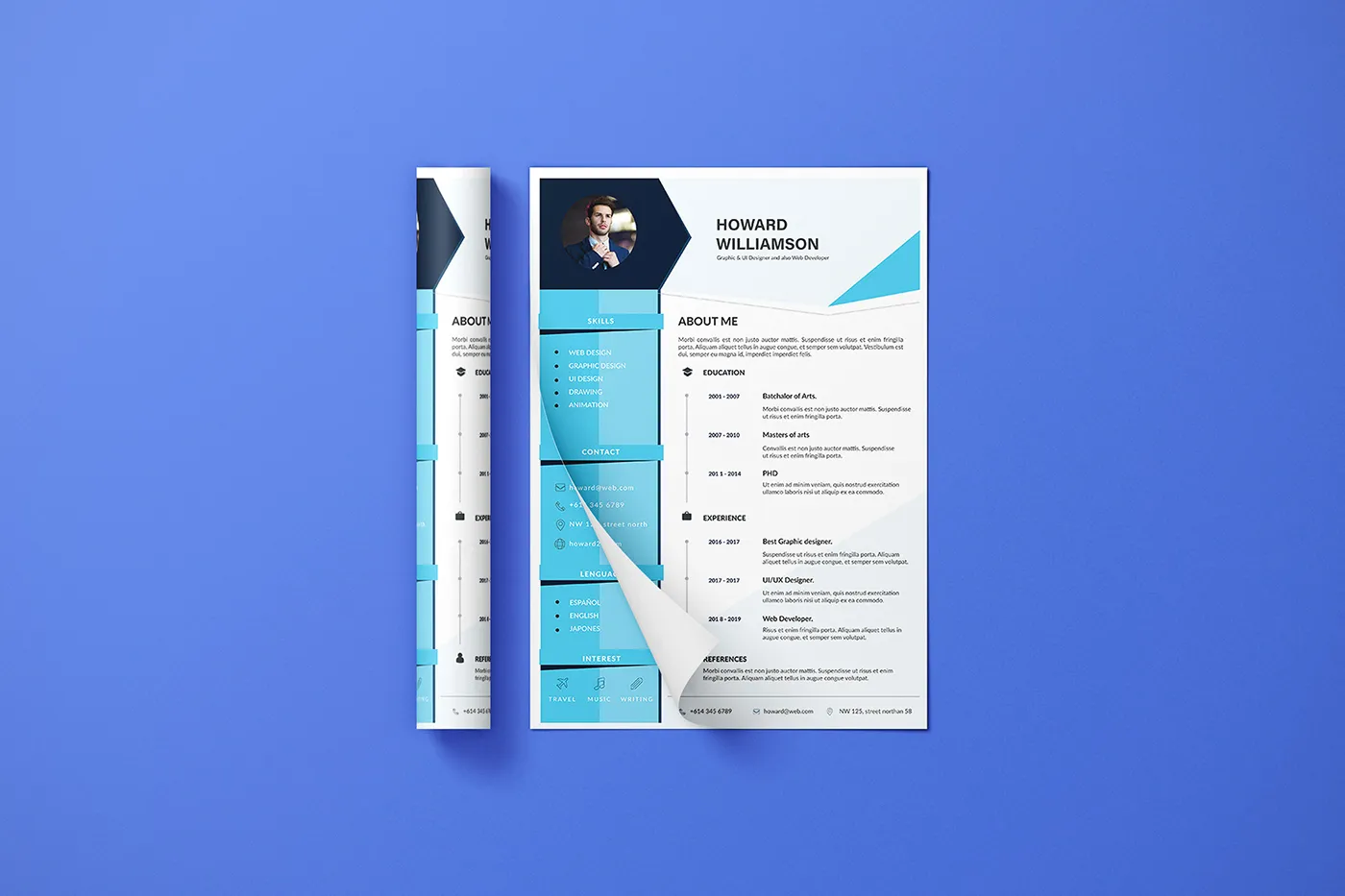
The choice of font and layout significantly impacts the readability and overall aesthetic of your resume. A well-designed layout can enhance your resume’s visual appeal and make it easier for recruiters to scan and absorb the information. The best practices in font and layout choices involve finding a balance between creativity and professionalism. Your font should be easy to read, and your layout should be clean and organized, facilitating quick information retrieval. These choices influence whether the hiring manager will take the time to fully read your resume. You want to avoid anything that appears cluttered, confusing, or outdated.
Font Selection for Readability
Choosing the right font is critical for ensuring your resume is easy to read. Opt for professional and widely accepted fonts like Arial, Calibri, or Times New Roman. These fonts are available on all systems and ensure your document looks consistent regardless of where it’s opened. Avoid overly decorative fonts or those that might appear unprofessional. The font size should be between 10 and 12 points for body text to ensure readability without making the resume too long. Use different font sizes for headings, subheadings, and body text to create a clear hierarchy of information. The right font will make the document look clean and easily scannable.
Effective Use of White Space
White space, the blank areas on your resume, is as important as the text itself. It prevents your resume from looking cluttered and allows the reader’s eye to rest. Strategically use white space around headings, between sections, and in the margins to create visual separation. Ensure that there is sufficient space between lines of text for comfortable reading. Avoid cramming information. A well-balanced layout with ample white space improves readability and makes your resume appear more professional. Consider using margins of at least one inch on all sides. Proper use of white space is key to creating an attractive and easy-to-scan resume.
Crafting Compelling Content
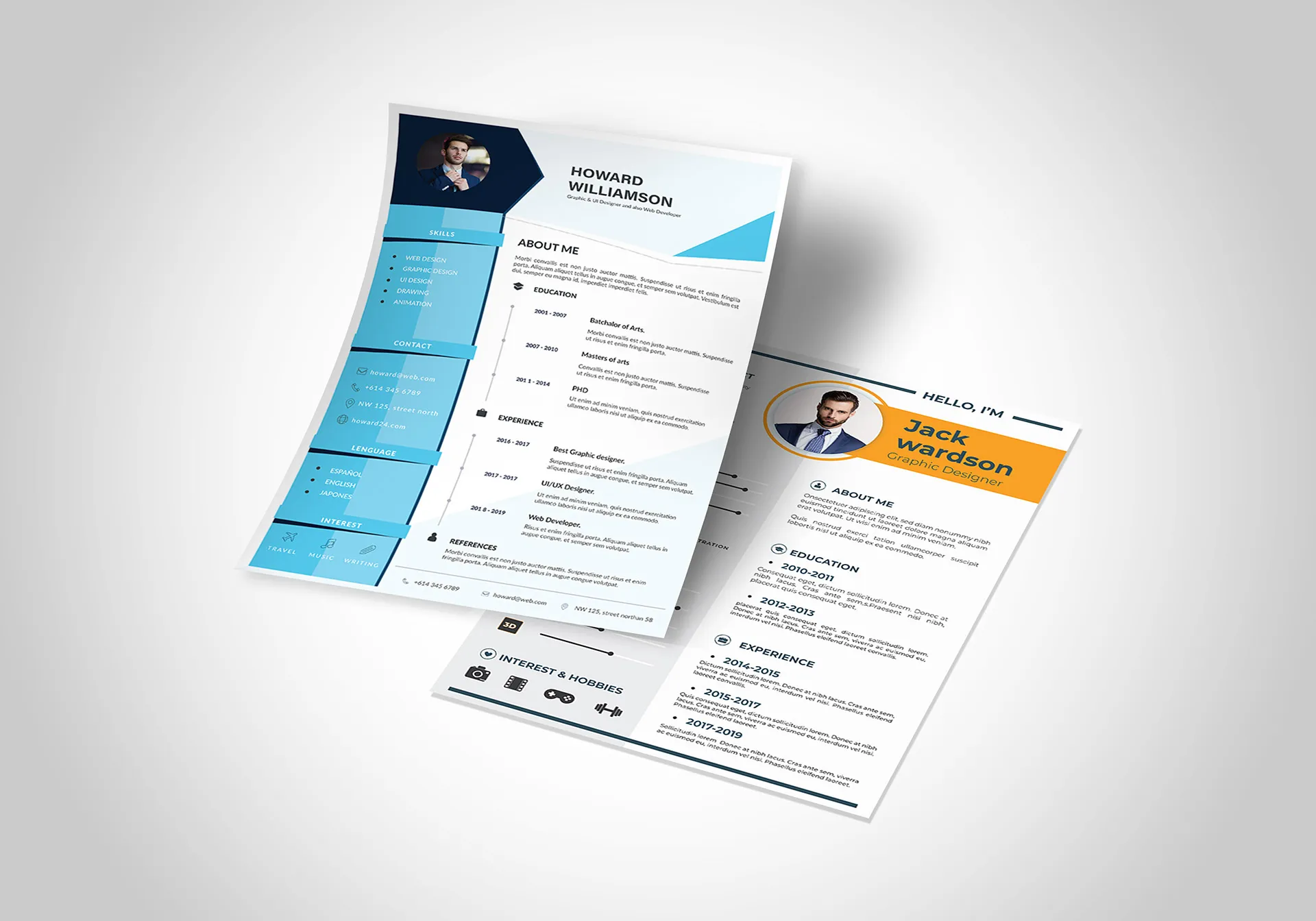
The content of your resume should highlight your skills, experience, and achievements in a way that captures the employer’s attention. It is about showcasing your unique value proposition. The focus should be on demonstrating how your skills and experience align with the job requirements. Make sure to tailor the content to the specific job you are applying for. Avoid generic statements and focus on quantifiable achievements whenever possible to make your accomplishments more impactful. It should be well-structured, clear, and concise.
Writing a Strong Summary or Objective
A summary or objective is a brief statement that appears at the top of your resume. A summary highlights your key skills and experiences, while an objective states your career goals. Consider using a summary if you have substantial work experience, as it allows you to showcase your qualifications. Choose an objective if you are a recent graduate or if you are changing careers. This will give a concise overview of what you can offer to the employer. Keep it concise (typically 3-4 sentences), and tailor it to the specific job. Make sure it aligns with the job description and clearly articulates your value proposition to the employer. Your goal is to immediately capture the hiring manager’s attention.
Highlighting Skills and Accomplishments
In the skills and experience sections, showcase your abilities and achievements. Use action verbs to describe your responsibilities and results. Focus on what you accomplished in each role. List your skills in a dedicated section, or incorporate them into your work experience descriptions. Highlight skills mentioned in the job description. Provide specific examples of your achievements, using the STAR method (Situation, Task, Action, Result) to demonstrate your impact. Quantify your accomplishments whenever possible. Provide details so the recruiter sees your value. Make sure your content is clear, concise, and tailored to the job requirements.
Quantifying Your Achievements
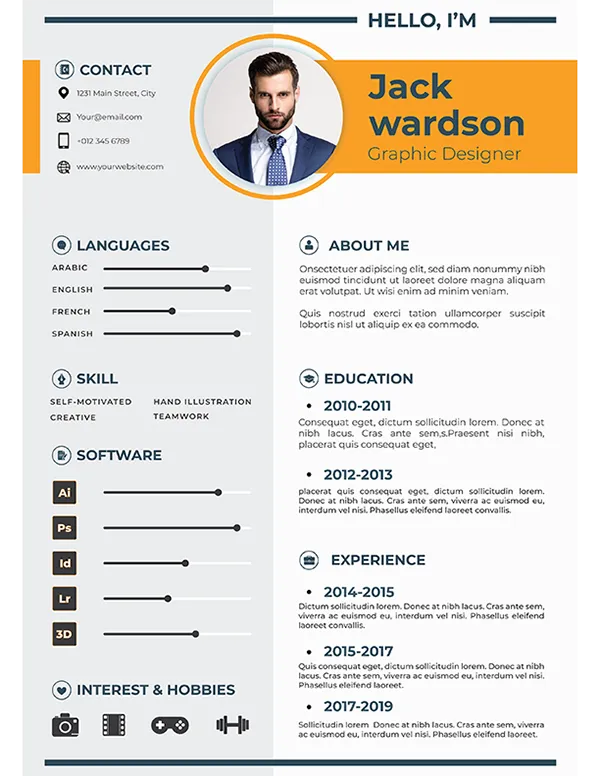
Quantifying your achievements makes your accomplishments more impactful and easier to understand. Use numbers to demonstrate the scope of your impact. Instead of saying “Improved customer satisfaction,” say “Increased customer satisfaction by 15% through the implementation of a new support system.” Include metrics, percentages, and specific figures. These numbers provide concrete evidence of your contributions. Use data from previous roles. Use quantifiable results to validate your experience and help you stand out from other applicants. Quantification adds credibility and showcases the tangible results you have achieved.
Formatting Sections for Impact
Proper formatting enhances readability and helps the hiring manager quickly find the information they need. Use clear section headings such as “Experience,” “Skills,” “Education,” and “Projects.” Use bullet points to list your responsibilities and achievements. Organize your experience in reverse-chronological order, placing your most recent roles first. Make the formatting consistent throughout the document. Choose an easy-to-read format to make your resume visually appealing and easy to scan. Using a clean, organized format demonstrates attention to detail and professionalism.
Adding a Professional Touch
Adding a professional touch means including the right details to make a great impression. Include your contact information at the top, including your name, phone number, email address, and a link to your LinkedIn profile. Do not include personal details like your marital status or the names of your children. Proofread your resume carefully for any spelling or grammatical errors. Tailor your resume to match the specific job description, highlighting the skills and experiences most relevant to the role. Present your resume in a way that shows you have carefully considered what the employer is looking for.
Proofreading and Editing
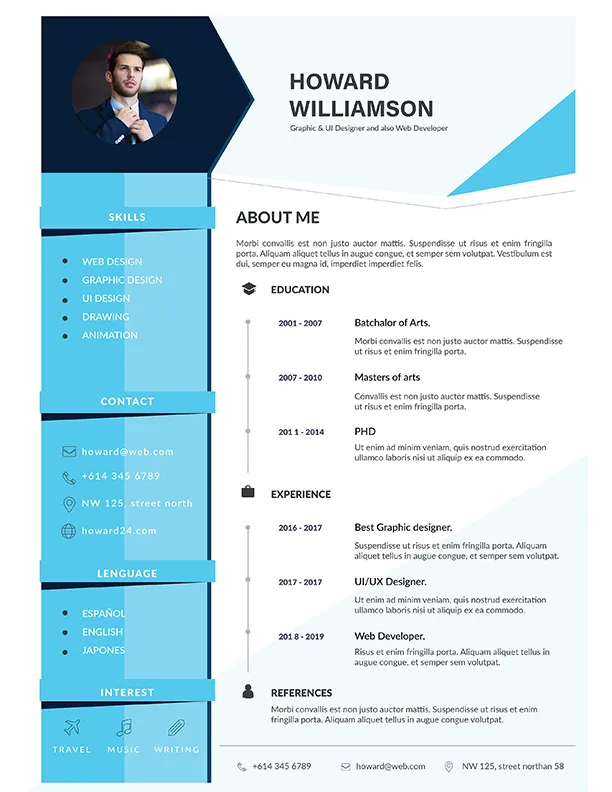
Proofreading and editing are critical steps in creating a professional resume. Carefully review your resume for spelling mistakes, grammatical errors, and formatting inconsistencies. It is also important to check for clarity and conciseness. Ensure that all of your content is written clearly and easy to understand. Get a second pair of eyes to review your resume. A fresh perspective can help identify errors you might have missed. Proofreading ensures that your resume is polished and presents you as a meticulous and detail-oriented candidate. An error-free resume significantly increases your chances of making a positive impression.
Saving Your Resume
Choose the right file format when saving your resume. Save your resume as a PDF file, which ensures that the formatting remains consistent across different devices and operating systems. Use a clear and professional file name, such as “FirstNameLastName_Resume.” Avoid generic names. Always double-check the saved file to ensure that the formatting and content are correct. Saving your resume appropriately ensures that your efforts are not undermined by formatting issues or compatibility problems. A well-saved document can make the best possible first impression on a potential employer.
